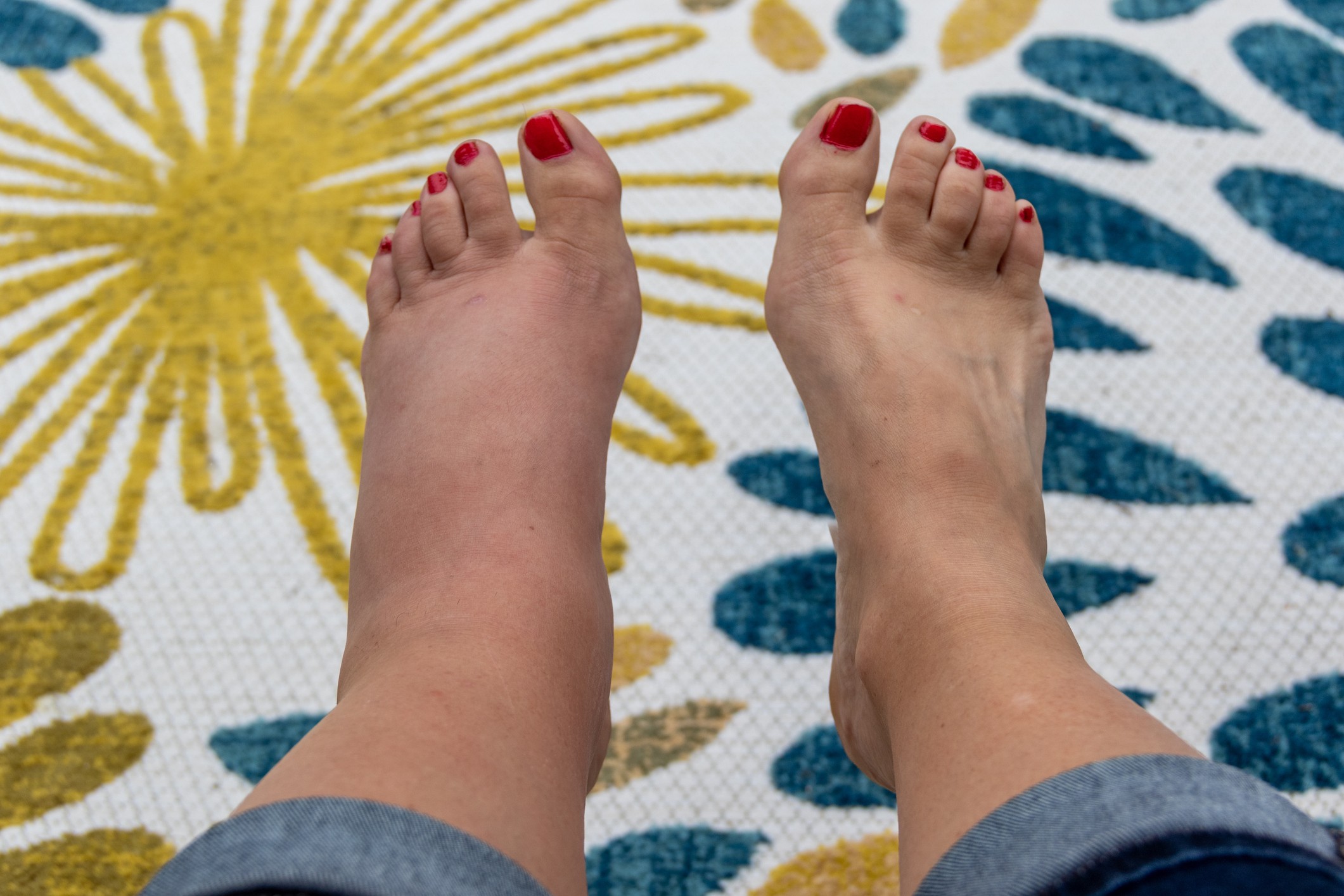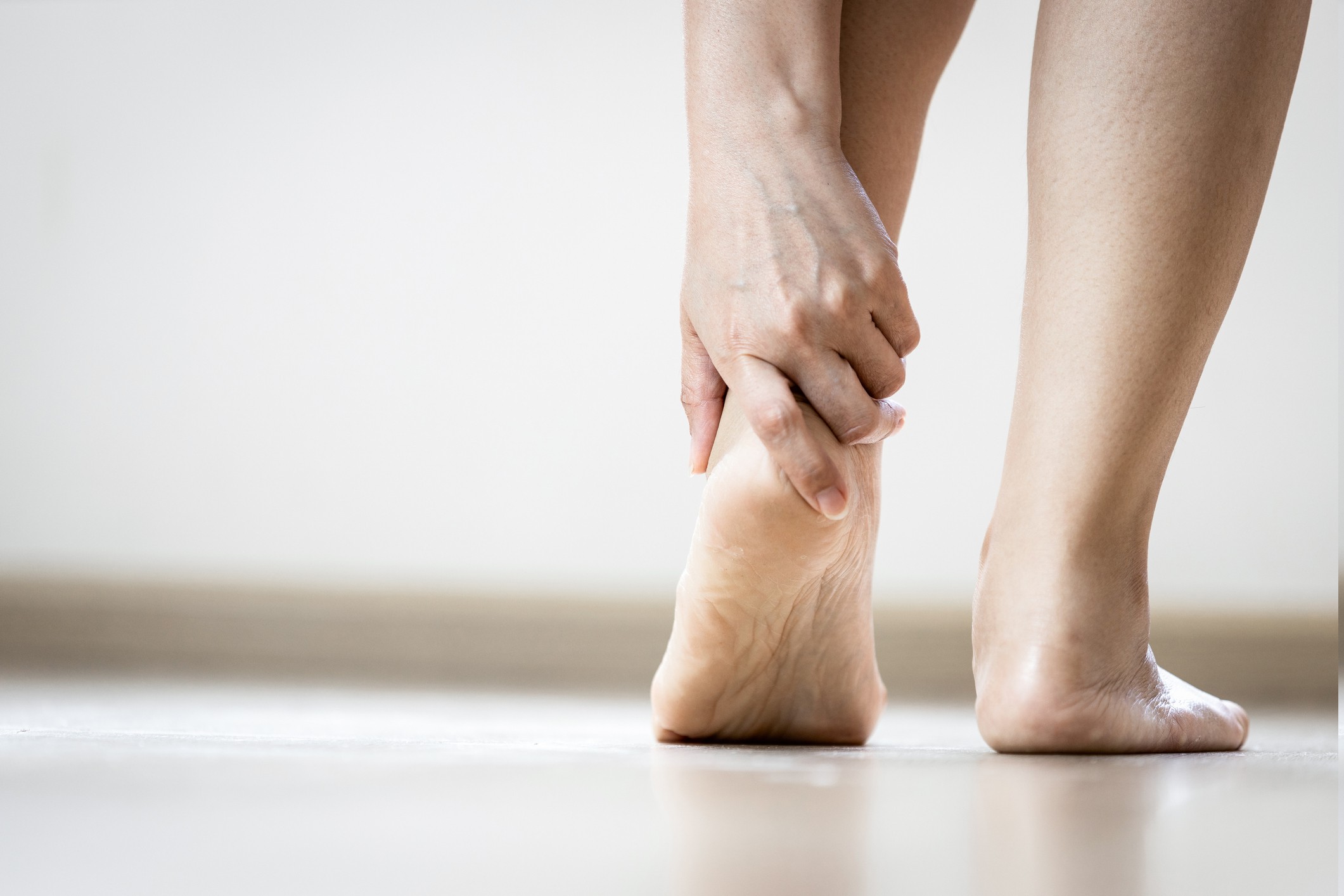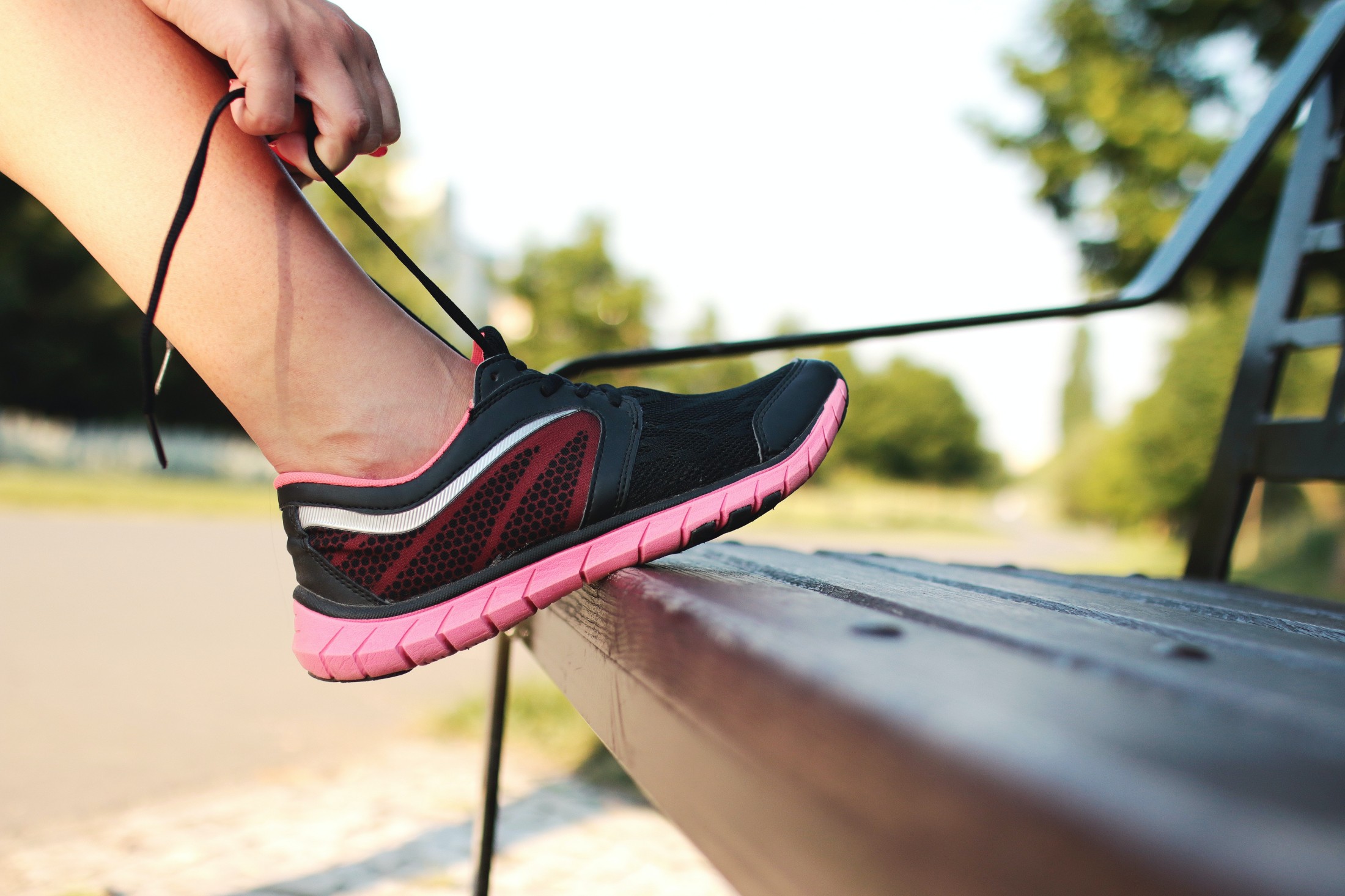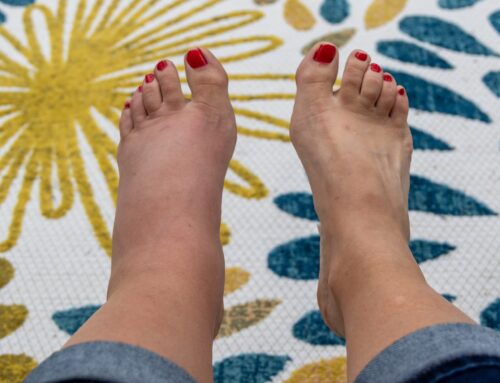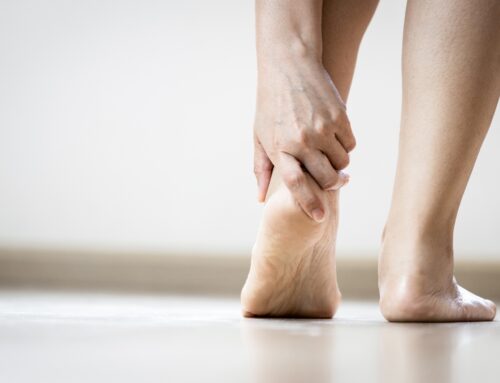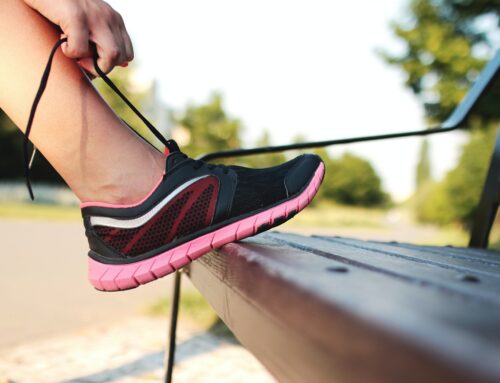Compression clothing has become essential in modern healthcare, providing significant benefits for individuals seeking to enhance their health and wellness. These garments apply controlled pressure to various parts of the body, improving circulation, reducing swelling, and supporting muscle recovery. Their applications range from medical treatments to athletic performance enhancement, making them versatile and valuable additions to anyone’s health regimen.
Compression clothing comes in various forms, including socks, sleeves, and full-body suits. These garments are made from elastic materials that provide graduated pressure, which helps veins and blood vessels return blood to the heart more efficiently, reducing the risk of swelling and discomfort. By enhancing blood flow, these garments play a crucial role in managing conditions like lymphedema, varicose veins, and deep vein thrombosis. They also aid in post-surgical recovery and improve athletic performance.
For individuals with chronic conditions, these garments relieve symptoms and improve quality of life. Athletes benefit from reduced muscle soreness and faster recovery times, allowing them to train more effectively and achieve better results. Additionally, compression clothing provides essential support for post-surgical patients, helping to speed up recovery and reduce complications.
What Are Compression Clothing?
Compression clothing are specialized clothing items designed to apply controlled pressure to specific parts of the body. This pressure helps to improve blood circulation, reduce swelling, and support muscle recovery, making these clothing valuable tools in both medical and athletic contexts.
Compression clothing come in a variety of forms, each tailored to target different areas of the body and address specific needs. Common types include:
- Compression Socks and Stockings: These are used to improve blood flow in the legs, reducing the risk of deep vein thrombosis (DVT) and varicose veins. They are often worn by individuals with circulatory issues, as well as by travelers on long flights.
- Compression Sleeves: These are used for arms or legs to support muscle recovery and reduce soreness. Athletes frequently use them during and after physical activity to enhance performance and speed up recovery.
- Compression Gloves: These are designed for individuals with arthritis or other hand-related issues to reduce swelling and improve dexterity.
- Full-Body Compression Suits: These provide overall support and are often used by athletes or patients recovering from extensive surgeries.
Each type of compression garment serves a specific purpose and is designed to provide the right amount of pressure to the targeted area.
Materials Used
Compression clothing are typically made from a blend of elastic materials that provide durability, flexibility, and breathability. The most commonly used materials include:
- Nylon: Known for its strength and elasticity, nylon is a popular choice in compression clothing. It provides a snug fit and is resistant to wear and tear.
- Spandex (Lycra or Elastane): This material offers excellent stretch and recovery, ensuring that the garment maintains its shape and provides consistent compression over time.
- Polyester: Often used in combination with other materials, polyester adds durability and moisture-wicking properties, helping to keep the skin dry and comfortable.
- Cotton: While not as commonly used as synthetic fibers, cotton can be blended with other materials to enhance comfort, especially in clothing designed for long-term wear.
The combination of these materials allows compression clothing to offer the necessary support while remaining comfortable and breathable. The specific blend of materials used in a garment can vary depending on its intended use and the level of compression required.
How Compression Clothing Work
Compression clothing function based on the principles of graduated pressure and the body’s circulatory system. By applying controlled pressure to specific areas, these garments can significantly improve blood flow, reduce swelling, and support overall vascular health.
The science behind compression clothing lies in their ability to provide graduated compression, meaning the pressure is highest at the extremities (such as the ankles) and gradually decreases as it moves up the limb. This gradient helps to counteract the effects of gravity and assists the veins in returning blood to the heart.
The circulatory system relies on a network of veins and arteries to transport blood throughout the body. Veins, in particular, carry deoxygenated blood back to the heart. However, factors like prolonged standing, sitting, or certain medical conditions can impede this process, leading to poor circulation and swelling.
Compression clothing exert external pressure on the limbs, which narrows the veins and increases the velocity of blood flow. This mechanism enhances venous return and reduces the pooling of blood in the lower extremities, thereby preventing swelling and discomfort.
How They Improve Blood Circulation and Reduce Swelling
Compression clothing improve blood circulation by:
- Enhancing Venous Return: The graduated pressure exerted by compression clothing helps veins push blood back to the heart more efficiently, combating the effects of gravity and preventing blood from pooling in the lower limbs.
- Reducing Venous Pressure: By compressing the surface veins, arteries, and muscles, these garments decrease venous pressure, which helps to alleviate swelling and discomfort.
- Supporting Muscle Function: The external pressure provided by compression clothing stabilizes the muscles, reducing vibrations and enhancing muscle efficiency. This support can lead to improved performance and quicker recovery for athletes.
- Preventing Edema: Edema, or swelling caused by fluid retention, is often a result of poor circulation. Compression clothing help to prevent the accumulation of fluids in the tissues, thereby reducing swelling and promoting better circulation.
The consistent use of compression clothing can lead to significant improvements in vascular health, reduced risk of deep vein thrombosis (DVT), and enhanced comfort for individuals with circulatory issues or those recovering from surgery.
Health Benefits of Compression Clothing
Compression clothing offer a wide range of health benefits, making them valuable tools for various individuals, from athletes to patients with chronic conditions. Their primary function is to enhance blood flow and circulation, but their benefits extend well beyond this.
Enhancing Blood Flow and Circulation
One of the most significant benefits of compression clothing is their ability to improve blood flow and circulation. By applying graduated pressure, these garments help veins push blood back to the heart more efficiently. This enhanced venous return reduces the risk of blood pooling in the lower extremities, preventing conditions such as deep vein thrombosis (DVT) and reducing the likelihood of swelling and discomfort.
Reducing Muscle Soreness and Fatigue
Compression clothing are widely used by athletes to reduce muscle soreness and fatigue. The pressure they provide helps to stabilize muscles and reduce muscle oscillations during physical activity. This stabilization can lead to decreased muscle damage and soreness post-exercise. Additionally, improved blood flow helps to clear metabolic waste products, such as lactic acid, from the muscles more quickly, aiding in faster recovery and reduced fatigue.
Managing Chronic Conditions
e.g., Lymphedema, Varicose Veins
Compression clothing can be life-changing for individuals with chronic conditions like lymphedema and varicose veins. These garments effectively manage lymphedema, characterized by severe swelling due to lymphatic fluid accumulation, by promoting fluid movement and preventing buildup. Similarly, compression stockings support vein function, reduce swelling, and alleviate pain for those with varicose veins.
Supporting Post-Surgery Recovery
Compression clothing help with post-surgery recovery by reducing the risk of complications and speeding up the healing process. After surgeries, especially those involving the lower limbs or vascular system, wearing compression clothing can help prevent blood clots, reduce swelling, and support proper circulation. This support can lead to less post-operative pain and a quicker return to normal activities.
Improving Athletic Performance and Recovery
Athletes often use compression clothing to enhance performance and recovery. During physical activity, these garments help increase oxygen delivery to muscles and improve endurance. Post-exercise, they aid in quicker recovery by reducing muscle soreness and promoting efficient waste removal from muscles. This dual benefit makes compression clothing a valuable addition to any athlete’s training regimen, helping to optimize performance and speed up recovery times.
Who Can Benefit from Compression Clothing?
Compression clothing offer a wide range of benefits for various groups of people. From athletes seeking enhanced performance to individuals managing chronic conditions, these garments provide valuable support and health improvements. Here are some of the key groups who can benefit from using compression clothing:
Athletes and Fitness Enthusiasts
Athletes and fitness enthusiasts often use compression clothing to improve their performance and aid in recovery. By enhancing blood flow and reducing muscle oscillation, these garments can help increase endurance, reduce muscle fatigue, and minimize the risk of injury. Post-exercise, compression clothing can speed up recovery by reducing muscle soreness and promoting quicker removal of metabolic waste products.
Individuals with Chronic Conditions
People with chronic conditions such as lymphedema, varicose veins, and venous insufficiency can greatly benefit from compression clothing. These garments help manage symptoms by improving blood circulation and reducing swelling. For example, compression stockings can alleviate the pain and discomfort associated with varicose veins, while compression sleeves can help manage lymphedema by preventing fluid buildup in the affected limbs.
Post-Surgery Patients
Post-surgery patients often use compression clothing to aid in their recovery. These garments can help reduce swelling, improve blood flow, and prevent complications such as deep vein thrombosis (DVT). By providing support to the surgical area, compression clothing can also reduce pain and promote faster healing, helping patients return to their normal activities more quickly.
Pregnant Women
Pregnant women can experience significant benefits from using compression clothing, especially in the later stages of pregnancy. Swelling in the legs and feet is common during pregnancy due to increased blood volume and pressure on the veins. Compression stockings can help reduce this swelling by promoting better circulation. Additionally, these garments can alleviate discomfort and reduce the risk of developing varicose veins.
Older Individuals
Older individuals often face challenges related to poor circulation and mobility. Compression clothing can provide significant relief by improving blood flow and reducing swelling in the legs. This can help enhance comfort, reduce the risk of developing venous disorders, and improve overall mobility. For older individuals with chronic conditions, compression clothing offer an effective way to manage symptoms and maintain a higher quality of life.
Choosing the Right Compression Garment
Selecting the right compression garment is important to ensure maximum benefits and comfort. With various types, sizes, and materials available, it’s important to consider several factors to find the best fit for your needs. Here’s a guide to help you make an informed choice.
Factors to Consider
- Type:
The type of compression garment you choose should match your specific needs. Common types include:- Compression Socks and Stockings: Ideal for improving blood flow in the legs and managing conditions like varicose veins and DVT.
- Compression Sleeves: Useful for supporting arms and legs, commonly used by athletes to reduce muscle soreness and enhance recovery.
- Compression Gloves: Designed for individuals with arthritis or hand-related issues to reduce swelling and improve dexterity.
- Full-Body Compression Suits: Provide overall support, often used by athletes and post-surgery patients.
- Size:
Proper sizing is essential for the effectiveness of compression clothing. A garment that is too tight may cause discomfort, while one that is too loose will not provide adequate compression. Accurate measurements of the specific body part are necessary to ensure the right fit. - Material:
The materials used in compression clothing affect their comfort, durability, and effectiveness. Common materials include:- Nylon: Offers strength and elasticity, providing a snug fit and durability.
- Spandex (Lycra or Elastane): Provides excellent stretch and recovery, ensuring consistent compression over time.
- Polyester: Adds durability and moisture-wicking properties, keeping the skin dry and comfortable.
- Cotton: Enhances comfort, especially when blended with synthetic fibers for long-term wear.
Importance of a Custom Fitting
Custom fitting and professional advice are paramount when choosing compression clothing. A healthcare professional can assess your specific needs and recommend the most suitable type and level of compression. Custom-fitted garments ensure that the pressure is applied correctly and evenly, maximizing their therapeutic benefits and ensuring comfort.
At Care-Med LTD, we prioritize personalized care to provide the best possible solutions for our clients. Our approach includes:
- Comprehensive Assessments: Our experts conduct thorough assessments to understand your unique needs and conditions.
- Custom Fittings: We offer custom-fitted compression garments tailored to your specific measurements, ensuring optimal fit and effectiveness.
- Wide Range of Options: We provide a variety of compression clothing, including socks, sleeves, gloves, and full-body suits, made from high-quality materials to suit different preferences and requirements.
- Professional Guidance: Our experienced professionals are available to guide you through the selection process, ensuring you choose the right garment for your needs.
Choosing the right compression garment is essential for achieving the desired health benefits. With Care-Med LTD’s expertise and personalized approach, you can be confident in finding the perfect solution to enhance your health and well-being.
Benefits of Compression Clothing for Health
Compression clothing enhances blood flow, reduces muscle soreness and fatigue, manages chronic conditions, supports post-surgery recovery, and improves athletic performance. These garments come in various types, such as socks, sleeves, and full-body suits, and are made from materials that ensure durability, flexibility, and comfort. To choose the right compression garment, consider factors like type, size, and material, and seek custom fitting and professional advice for optimal benefits. Proper usage and maintenance are essential to maximize the effectiveness and lifespan of these garments.
Whether you are an athlete, managing a chronic condition, recovering from surgery, pregnant, or an older individual, compression clothing can significantly improve your health and well-being. By incorporating these garments into your daily routine, you can experience enhanced circulation, reduced pain and swelling, and improved overall comfort and performance.
Share This Story, Choose Your Platform!
Table of Contents
- Health Advantages of Medical Compression Clothing
- What Are Compression Clothing?
- How Compression Clothing Work
- Health Benefits of Compression Clothing
- Who Can Benefit from Compression Clothing?
- Choosing the Right Compression Garment
- Importance of a Custom Fitting
- Benefits of Compression Clothing for Health
We specialize in orthotics, body braces, and compression wear tailored to your unique needs in Toronto. Reach out to us at info@caremed.care or call 416-782-5353 to book your fitting and consultation.
Experience the difference of customized solutions designed just for you.


